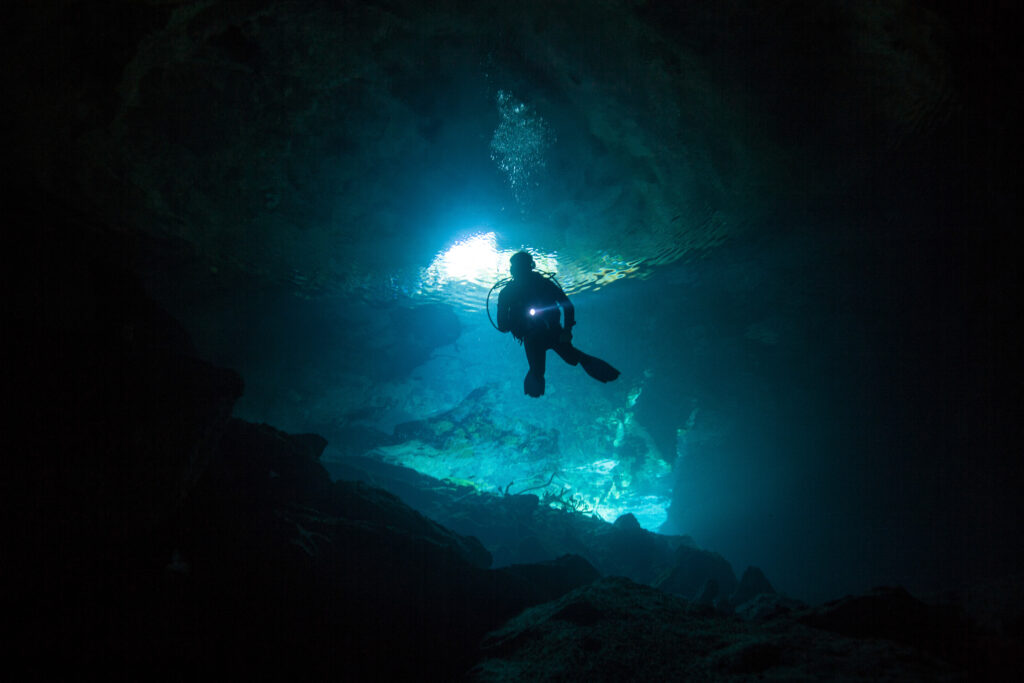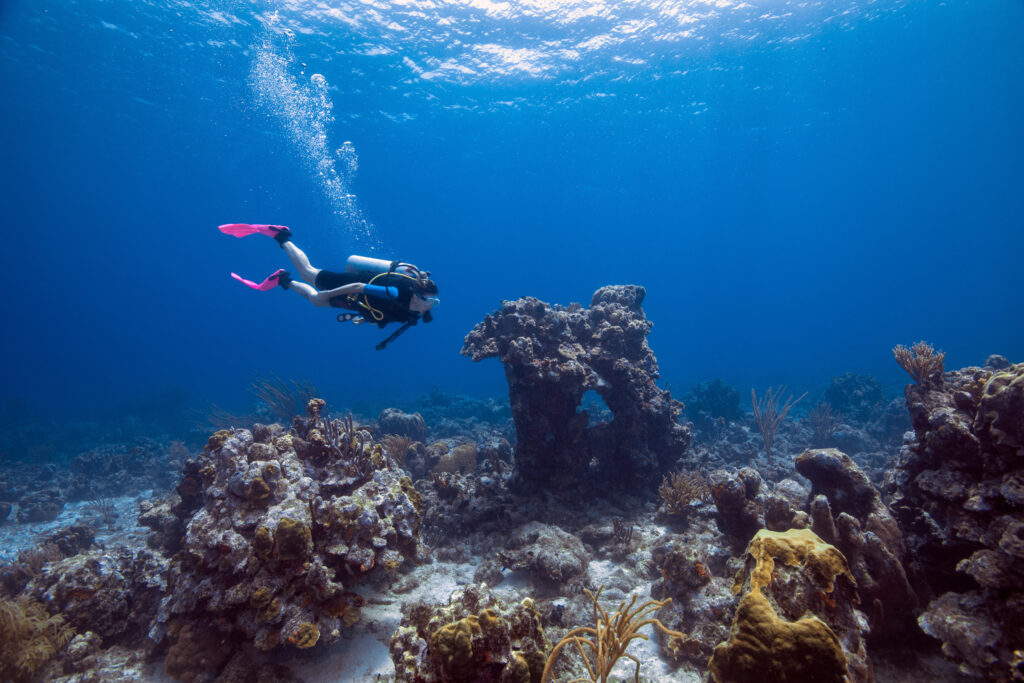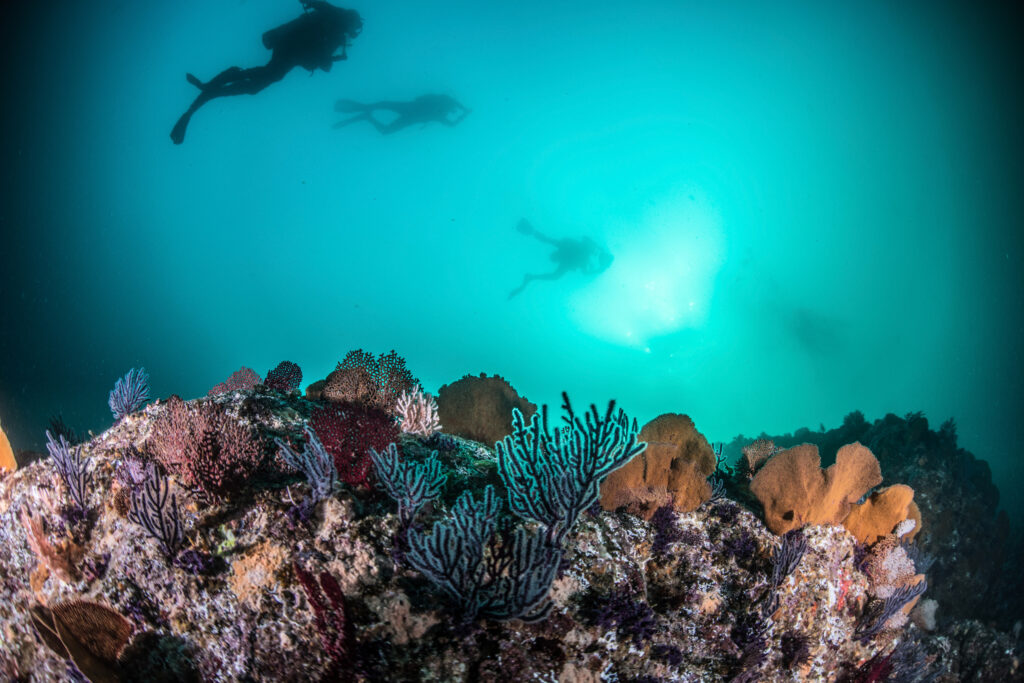What is High Pressure Nervous Syndrome (HPNS)?

High Pressure Nervous Syndrome (HPNS) is a neurological and physiological condition that affects individuals exposed to high-pressure environments, primarily encountered during deep-sea diving and underwater activities. It is a critical issue for divers, particularly those engaging in dives deeper than 150 meters (492 feet), where the effects of high pressure on the human body become increasingly pronounced. Understanding HPNS is essential for ensuring the safety and well-being of divers operating in extreme underwater conditions, as it can significantly impact their performance and health.
What is Off-Gassing?

Off-gassing, within the context of scuba diving, refers to the process by which dissolved gases, primarily nitrogen, are expelled from a diver’s body during ascent. This phenomenon is crucial for diver safety, particularly in avoiding decompression sickness, commonly known as “the bends.” Understanding off-gassing is essential for divers to manage their ascents properly and ensure that the nitrogen absorbed under pressure is released gradually and safely.
What is Hydreliox?

What is Hydreliox? Hydreliox is a specialized breathing gas mixture composed of hydrogen, helium, and oxygen. It is primarily used in the field of deep-sea diving to enable divers to reach extreme depths that would otherwise be unmanageable with conventional air or other gas mixtures. Hydreliox has become crucial in extending the operational limits of […]
Can you get Hypothermia when Scuba Diving?

Can you get Hypothermia when Scuba Diving? Hypothermia is a medical condition characterized by a drop in the body’s core temperature below its normal range, which can occur during activities in cold environments, such as scuba diving. In the context of scuba diving, hypothermia poses significant risks to divers and can lead to serious complications, […]
What is an Inflator Valve?

An inflator valve is a crucial component of scuba diving equipment, particularly in buoyancy compensators (BCDs), allowing divers to adjust their buoyancy underwater. By adding or releasing air into the BCD, divers can achieve neutral buoyancy, making it easier to maintain their position in the water. The inflator valve’s functionality directly influences a diver’s control and safety, making it an essential element for any diving expedition.
What is Overweighting?

Overweighting in scuba diving refers to the practice of using more weight than necessary to achieve neutral buoyancy underwater. Proper weighting is crucial for maintaining control, safety, and efficiency while diving. Overweighting can occur due to various factors, including misconceptions about the amount of weight needed, incorrect gear configuration, and psychological influences. Understanding the implications of overweighting and how to manage it is essential for divers of all levels to ensure a safe and enjoyable underwater experience.
What is a Decompression Algorithm?

A decompression algorithm is a crucial component in scuba diving, designed to calculate the safest ascent profile for divers to avoid decompression sickness (DCS), commonly known as “the bends.” These algorithms predict how inert gases, such as nitrogen, absorbed by the body’s tissues under pressure, are safely released during ascent. By determining the rate at which a diver should ascend and incorporating safety stops, decompression algorithms play an essential role in enhancing diver safety. Their development and refinement are grounded in extensive research, physiological understanding, and technological advancements in diving equipment.
What is a Recreational Dive Planner (RDP)?

What is a Recreational Dive Planner (RDP)? The Recreational Dive Planner (RDP) is a decompression table developed by the Diving Science and Technology Corporation (DSAT) to facilitate safe and efficient planning of no-stop recreational scuba dives. DSAT, an affiliate of the Professional Association of Diving Instructors (PADI), is dedicated to the advancement of diving safety […]
What is Freediving?

Freediving, also known as breath-hold diving or apnea, is an underwater activity that involves diving without the aid of scuba equipment or artificial breathing apparatus.
What is a Patent Foramen Ovale?

A Patent Foramen Ovale (PFO) is a small, flap-like opening between the right and left atria of the heart that fails to close naturally after birth. During fetal development, this opening is essential for allowing oxygen-rich blood from the mother to bypass the non-functioning fetal lungs. Normally, the foramen ovale closes shortly after birth as the baby’s lungs take over oxygenation. However, in about 25-30% of the population, this opening remains partially or completely open, resulting in a PFO. This condition is usually benign and asymptomatic, meaning most people with a PFO are unaware of its presence. However, in certain situations, such as during scuba diving, the existence of a PFO can have significant implications, making it a topic of interest for divers and medical professionals alike.
